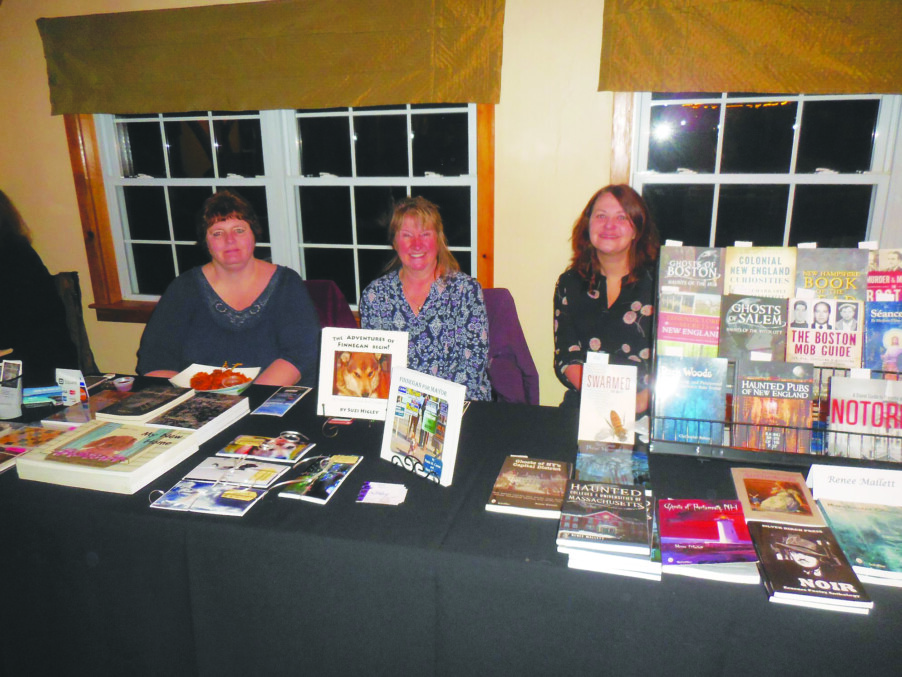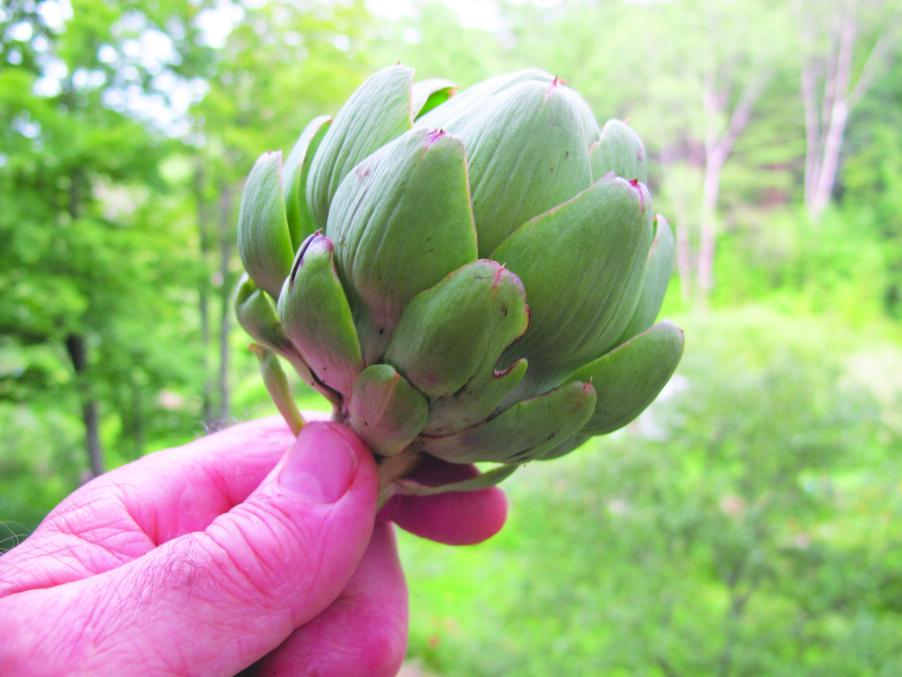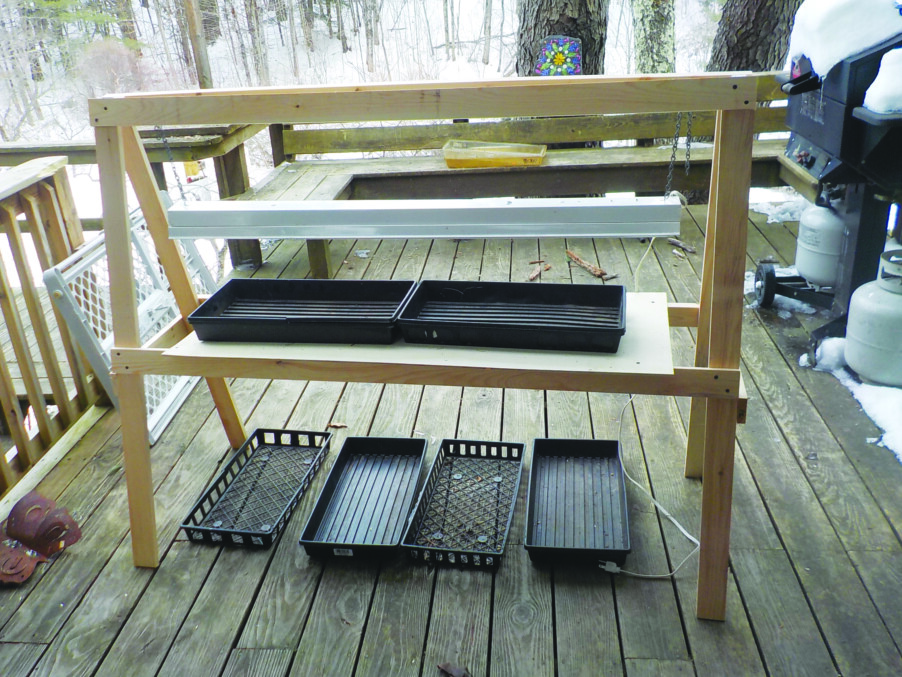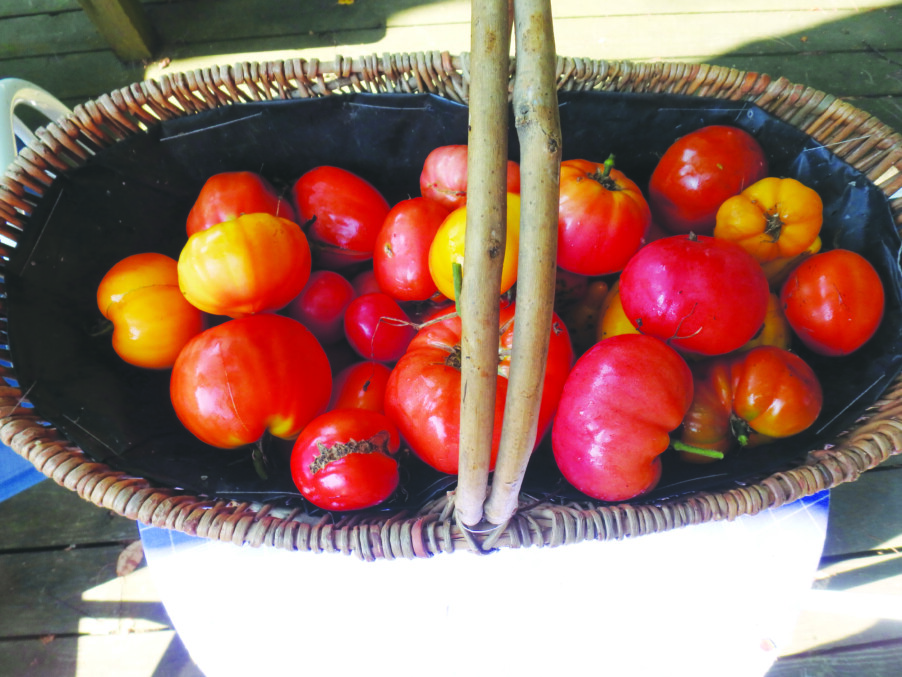Family fun for the weekend
Vacation at the museum
• The McAuliffe-Shepard Discovery Center (2 Institute Drive in Concord; starhop.com, 271-7827) will be open daily through Sunday, March 5, from 10:30 a.m. to 4 p.m., with planetarium shows every hour from 11 a.m. to 3 p.m. Tickets cost $12 for adults, $9 for children ages 3 to 12, $11 for seniors ages 62 and older and for students ages 13 through college. Planetarium shows cost an additional $6 for everyone older than 3.
• The Children’s Museum of New Hampshire (6 Washington St. in Dover; childrens-museum.org, 742-2002) recommends purchasing tickets in advance during winter vacation, when the museum will be open Tuesdays through Saturdays, with sessions from 9 a.m. to noon or 1 to 4 p.m., and Sundays 9 a.m. to noon. There will be additional drop-in activities focusing on arts, STEM and stories included in the play session, according to a press release. Admission costs $12.50 for everyone over 12 months, $10.50 for 65+.
• The SEE Science Center (200 Bedford St. in Manchester; see-sciencecenter.org, 669-0400) has updated its hours for school vacation. The center will be open Monday, Feb. 27, from 10 a.m. to 4 p.m. in addition to being open Tuesday through Friday from 10 a.m. to 4 p.m. and Saturday and Sunday from 10 a.m. to 5 p.m. Last admission on weekdays is at 3 p.m., on weekends is at 4 p.m. Tickets cost $12 for visitors ages 3 and older. SEE’s website also recommends making advance reservations.
• Spend more time at the Aviation Museum of New Hampshire (27 Navigator Road in Londonderry; aviationmuseumofnh.org, 669-4820) with its extended vacation hours. On Tuesday, Feb. 28; Wednesday, March 1, and Thursday March 2, the museum will be open from 10 a.m. to 4 p.m. in addition to its usual hours of Fridays and Saturdays from 10 a.m. to 4 p.m. and on Sundays from 1 p.m. to 4 p.m. In addition to the extended hours, the museum will have activities including a story time on Wednesday, March 1, at 10 a.m. and a flight simulator for kids 12 and up on Tuesday, Feb. 28, and Thursday, March 2, from 1 to 4 p.m. Admission for children under the age of 6 is free, kids ages 6 to 12 and veterans and their families are $5. Standard admission for visitors age 13 and older is $10.
Movie theater fun
• Sugar up at Theater Candy Bingo at Chunky’s Nashua location (151 Coliseum Ave.) on Thursday, Feb. 23, at 6 p.m. The live hosted bingo night will have candy and a few Chunky’s giveaways as well as prizes at the end of each round. It costs $10 to reserve a seat (with an included $5 food voucher) and a box of candy to go into the pot. Only one bingo per customer. Visit chunkys.com to reserve a spot.
• Get dazzled by Ben Pratt at his family-friendly magic show at Chunky’s in Manchester (707 Huse Road) on Tuesday, Feb. 28, at 6:30 p.m. Pratt, who has won many awards for his illusions, is a Granite State native who has performed across New England and in Las Vegas. Tickets for his high-energy magic-meets-standup comedy show cost $15 and can be bought at chunkys.com.
Winter festivities
The 31st annual Winter Carnival is on Saturday, Feb. 25, at Wasserman Park in Merrimack. The carnival will have a special appearance by Mack, the Police Department’s comfort dog, as well as the Oscar Mayer Wienermobile. The event will get the family out frolicking in the cold winter air (and hopefully snow) to celebrate the season. There will be warm food and drinks to keep the chill away. The event starts at noon. For more information visit merrimackparksandrec.org/winter-carnival.





